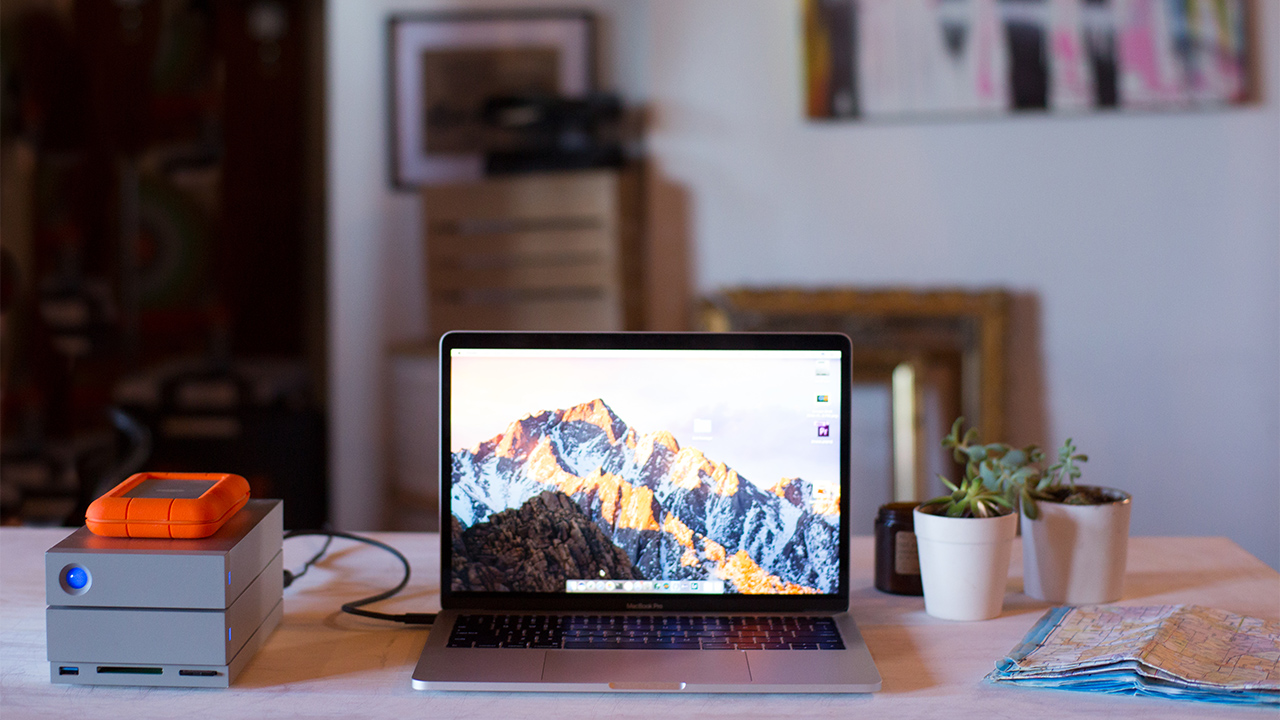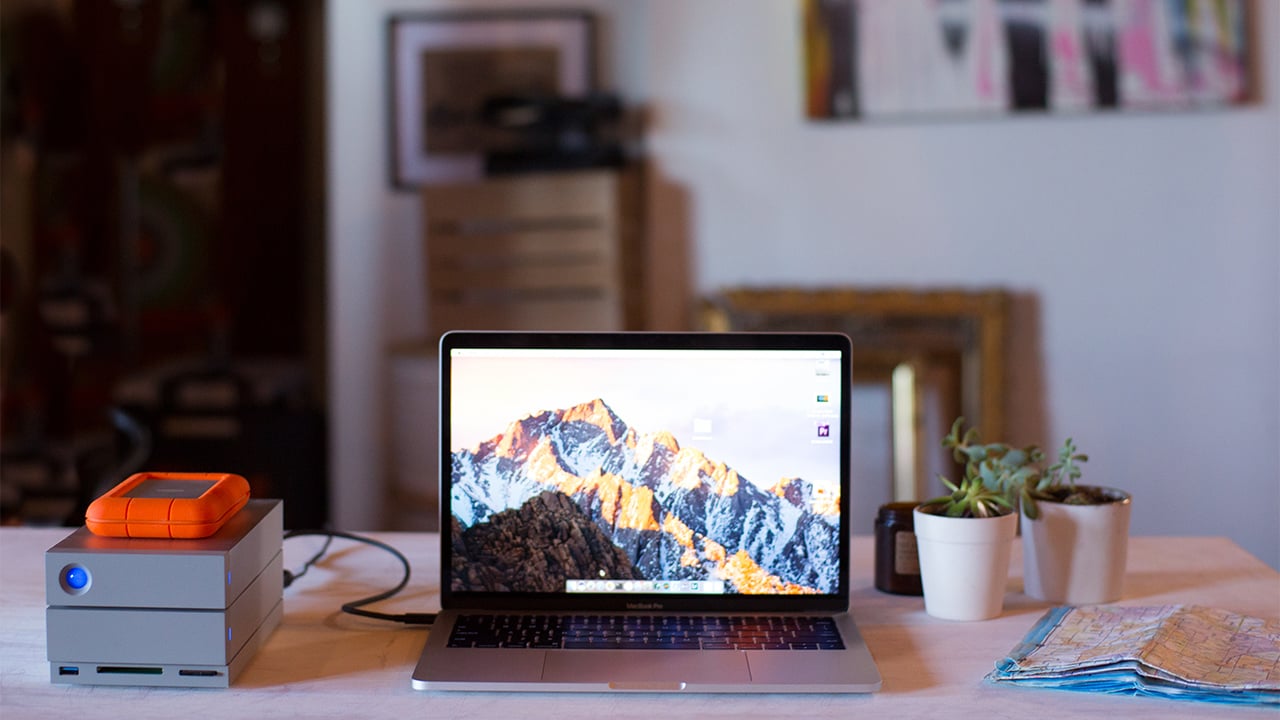

While everyone has got used to the move to data-driven shooting, not everyone has got up to speed with protecting that data afterwards, especially in the field.
Hard drives are miracles of engineering. From the compact devices that fit in your pocket or kitbag, to towers designed to plug into desktop workstations, they are made up of hundreds of precision components that fit together perfectly to allow them to spin at the staggering speeds required to read and write data rapidly and reliably.
It’s important though to ensure that you choose the right drive for the job. A hard drive built for your desktop isn’t necessarily the right drive to take out into the field as there are rugged drives purpose-built to go on your latest adventures. And it’s important to consider this when you look at the schedule of your next shoot. If you are heading somewhere where protecting your kit from extreme temperatures, dust or water is a consideration, then it’s a good idea to extend that thought process on to your hard drives as well.
It’s tempting to think of a hard drive as being simply worth the dollars or pounds it might cost to buy. It’s true value though has to include the cost of the day’s shoot that you’ve just stored on it, and that can be orders of magnitude over and above that initial price.
The golden rule is to treat the device that you store your video files on as well and as carefully as the cameras and lenses that you have just laboriously shot and captured your footage with.
Accidents happen
Accidents happen though, however careful people are being. Which is why ruggedisation has become an increasingly popular route for hard drives destined for location shooting. You can’t ruggedise a camera particularly well, though the best ones are engineered carefully to be able to withstand the everyday knocks they inevitably get while working out in the field. But you can secure this element of the whole process and make sure the drive you’re storing your hard-shot data on can withstand all sorts of punishment.
LaCie’s ruggedised range is a good case in point, which is probably why the company has shipped over 4 million of them since the range was first developed.
They are hard drives first and foremost, featuring capacities that range from 500GB to 5TB and data transfer rates that peak at 510MB/s. Depending on which models you buy you can have Thunderbolt and/or USB 3.0 and USB-C connectivity, even dual FireWire ports. And if it’s true portability you’re after, the smallest one you can put in your pocket is 300g and roughly the size of a pack of playing cards. There are even RAID 0, RAID 1 and SSD options to be had.
One thing they all have in common though is that they are exceedingly rugged.
Iconic design
Featuring eye-catching, even iconic industrial design by Neil Poulton, these orange rubber-clad, bus-powered drives can cope with most of what the rough and tumble of a shoot can throw at them. Specifications vary slightly across the range, but they can withstand being dropped up to two metres (6.6ft) with no hardship, can be crushed by a one ton weight, and are either IP54-rated for resistance to water and dust or rain proof.
The Rugged SECURE even features hardware encryption to protect your data from more than just physical damage.
Removeable caps keep the ports clean, with Thunderbolt and RAID models, and the Thunderbolt models also have their own integrated captive Thunderbolt cable. This is another good sign of a device that has been designed from the ground up to be used in the field and addresses some of the problems that can occur across the course of a shooting day. Take off that orange cladding meanwhile and you will find a sturdy aluminium construction underneath.
The dictionary definition of rugged as an adjective relates to a piece of equipment that is strong and is designed to last a long time, even if it is treated roughly. Ideally you would never want to treat your data roughly, but accidents do happen on busy sets. And giving yourself a fighting chance of being able to just pick your hard drive up and carry on without a pause when they do seems like a sensible idea. All of which means that it’s a good idea to plan the storage part of your workflow as carefully as everything else and makes sure you pick the right drive for the job on your next shoot.
For more information on the d2 click here (UK) and for more information on the Big RAID storage click here (UK). For those outside of the UK please head to www.lacie.com for more information.
Tags: Technology


Comments